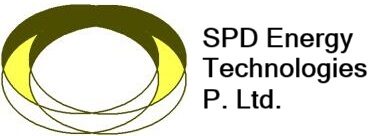Internet of Things (IoT)
IoT (Internet of Things) refers to the network of connected devices that communicate and share data over the internet. These devices include sensors, machines, appliances, and industrial equipment, which collect real-time data to enhance efficiency and decision-making.
Key Components of IoT:
Sensors & Devices – Collect real-time data (e.g., temperature, motion, energy usage).
Connectivity – Uses Wi-Fi, Bluetooth, LPWAN, or cellular networks to transmit data.
Cloud & Data Processing – Stores and analyzes data for insights.
User Interface – Displays data on dashboards for monitoring and control.
Applications of IoT:
Industrial IoT (IIoT) – Smart factories, predictive maintenance.
Smart Homes – Automated lighting, security, and climate control.
Smart Cities – Traffic management, waste monitoring.
Energy & Utilities – Grid monitoring, smart meters.
Automation
Automation involves using technology to control processes without human intervention, increasing efficiency and accuracy. It is widely used in industries, homes, and businesses to reduce manual effort and optimize operations.
Types of Automation:
Industrial Automation – Robotics, SCADA, and PLC-based production lines.
Process Automation – Automating repetitive tasks in manufacturing.
Home Automation – Smart lighting, HVAC control, security systems.
Business Automation – AI chatbots, workflow automation.
Benefits of IoT & Automation:
Increased Efficiency – Reduces manual work, improves productivity.
Cost Savings – Cuts down labor and energy costs.
Enhanced Safety – Minimizes human error and hazards.
Real-Time Monitoring – Provides instant insights and control.


